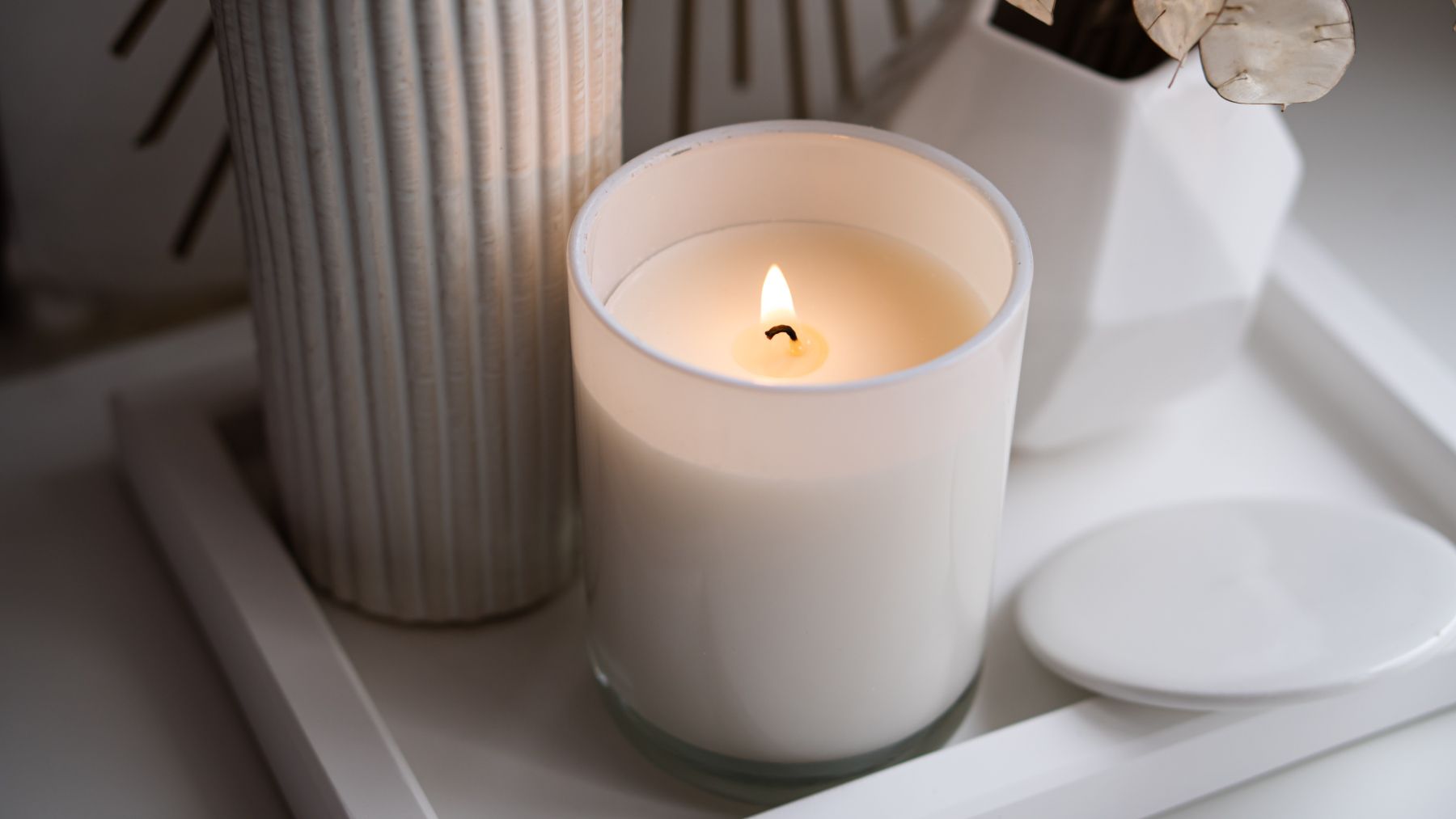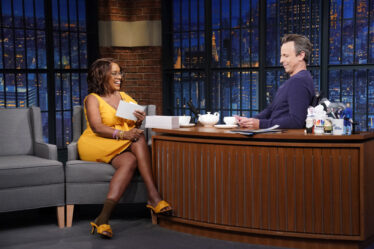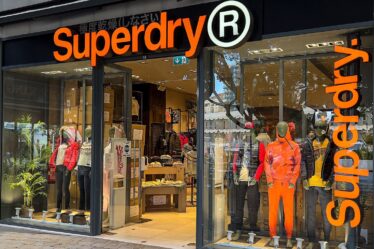
Glassmaker Pochet du Courval SAS has been making perfume bottles for the world’s top beauty brands since before the telephone was invented, through countless consumer booms and busts. Executives at the French company say they have never been busier than they are right now.
“The demand is just so strong that we can’t keep up,” said Yves Bouquier, the president of Pochet’s US subsidiary. “We’ve never delivered more perfume or beauty bottles in our entire existence.” The company delivered 270 million glass perfume bottles and beauty jars this year. That’s a record for the 400-year-old company, which says it produced the first bottle designed by a perfumer in 1853 for Guerlain.
Global sales of high-end fragrances began to pick up during the pandemic and have been gathering steam during the past year. Demand appears to be holding on, at least for now. While sales of other luxury goods — particularly more accessible, entry-level products — have slowed somewhat as the economic outlook dims, demand for perfumes and eau de toilettes has remained robust.
“Fragrance has been kind of an afterthought,” said Nik Modi, an RBC Capital Markets analyst. “That is starting to change.”
The growth has led to a debate among analysts and beauty company executives about whether the momentum will continue apace or begin to fade like other consumer pandemic flashes-in-the-pan.
“We initially thought, ‘OK, this is just pent-up demand,’ but we’ve seen it continue for approximately three years,” said Michel Atwood, chief financial officer of Inter Parfums Inc., which manufactures and distributes fragrances for brands including Oscar de la Renta, MCM and Donna Karan. “As we’ve started to understand the consumer growth, what we’re finding is there are a lot of new consumers,” he added. “When consumers start taking interest in this category — they typically stay. It’s a bit of an acquired taste, like wine.”
High-End Rises
High-end fragrance sales in the US from January through October totaled $4.6 billion, up 56 percent from 2019 levels and 13 percent versus the same period last year, according to data from NPD Group. And it’s not just higher prices that are boosting those figures — unit sales were up nearly one-quarter in the first 10 months of this year versus pre-pandemic. The sector of fragrance and other prestige beauty items is the only one that’s showing growth in the number of units sold among the 14 discretionary retail spending categories that NPD tracks. Sales of mass-market fragrances, meanwhile, have fallen and are well below pre-pandemic levels, according to data from Information Resources Inc.
Fragrance manufacturers and retailers expect demand for their high-end products to remain strong throughout the holiday season and beyond. “This shift is clearly a structural shift,” said Sue Nabi, chief executive officer of Coty Inc., which makes fragrances for brands including Gucci, Hugo Boss and Calvin Klein. “The best demonstration is the fact that people are buying more and more expensive items,” Nabi told analysts on Coty’s earnings call in November.
While perfume has long been a popular gift on Mother’s Day, for example, and during the holiday season, Nabi said more shoppers have been buying Coty’s fragrances for themselves in the past couple of years and incorporating those new scents into their personal-care routines. Consumers increasingly view perfume as similar to skin care, Nabi has said, part of daily or weekly practices to boost their overall “wellness,” rather than as an extravagance.
Shoppers also turned to fragrances during the pandemic because it was an accessible luxury and a pick-me-up, but one that could be used daily even if they were stuck inside their homes — unlike a high-end handbag.
Home fragrance products, such as candles and diffusers, have also sold well during the past couple of years because people view them as a form of self-care and use scents as a way to differentiate between their work and living spaces “in a world where those lines are increasingly blurred,” said Artemis Patrick, global chief merchandising officer at Sephora, owned by luxury juggernaut LVMH.
Patrick said she expects Sephora’s home-fragrance business to nearly double over the next couple of years, but declined to provide more specific figures. Sephora’s overall fragrance sales will continue to grow significantly, she said. “We are growing faster than the market and we continue to gain market share,” Patrick said.
China Potential
Another reason beauty executives are bullish on fragrance is the potential for growth in China. Nabi, the Coty CEO, estimates that only around 3 percent of the Chinese population wears a fragrance. Consumers in Western Europe represent the greatest portion of fragrance purchases globally, followed by those in the US and Latin America, according to data from Euromonitor International, a market research company.
In China, “we still see tremendous upside for fragrance,” Sephora’s Patrick said. Globally, she added, the demand for fragrance is “a mindset shift that I do not see going away.”
Not everyone agrees.
Raymond James analyst Olivia Tong said she’s “concerned about the longevity” of fragrance demand despite its recent strength. The category would most likely be the first among beauty products to take the hit from high inflation and dwindling savings, she said.
The industry has already encountered familiar supply-chain hurdles that could slow the pace of growth. Fragrance makers are having trouble sourcing the glass, caps and spray pumps they need to assemble perfume bottles. Some suppliers have also had difficulty keeping up with high consumer demand, particularly those that were already playing catch-up after closing operations during the depths of the pandemic.
By Jeannette Neumann
Learn more:
What’s Driving the Escapist Fragrance Boom
Sales of bold scents inspired by far-off destinations led to a fragrance boom during the pandemic and the return of travel hasn’t slowed momentum.


